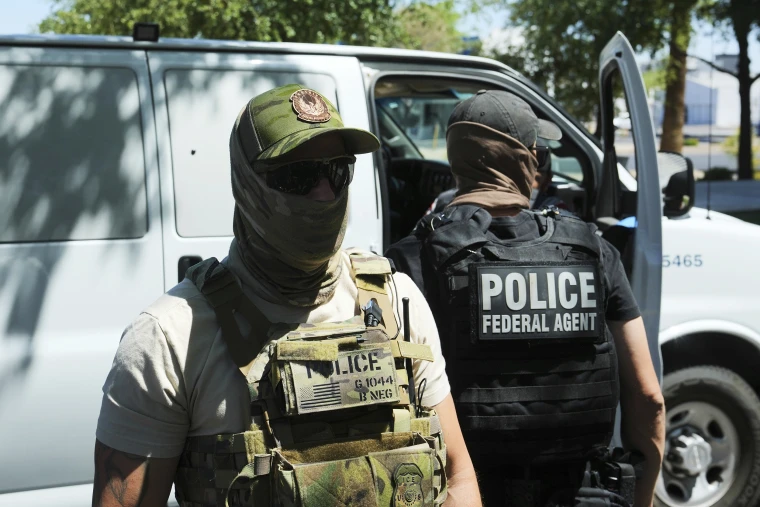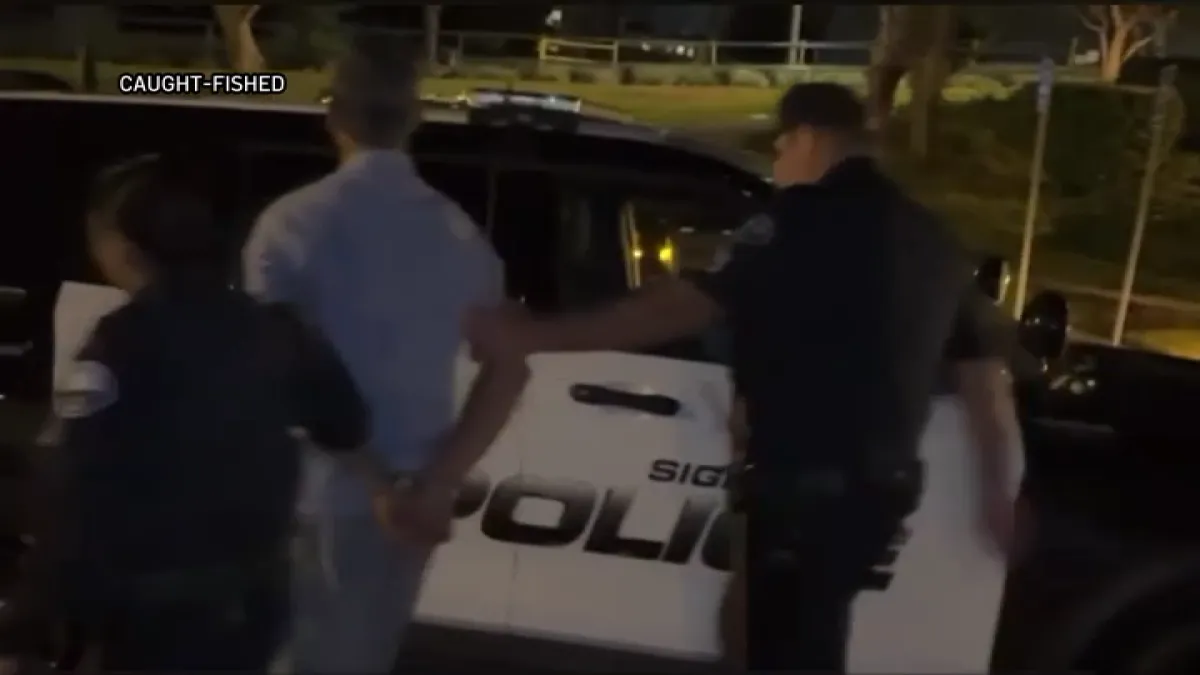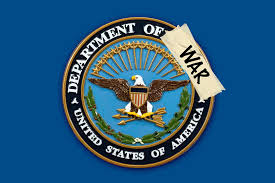Marine experts have given up hope of rescuing over 150 false killer whales stranded on a remote beach on Australia’s island of Tasmania. Expert veterinarians were at the scene close to the Arthur River on Tasmania’s northwestern coastline. On Tuesday afternoon, 157 whales were found on a surf beach, according to the Department of Natural Resources and Environment. Unfavorable ocean and weather conditions that hindered the whales’ rescue on Wednesday were expected to continue for several days, according to incident controller Shelley Graham.”This morning, we went out on the water and tried to relocate and refloat two whales, but we were unsuccessful since the ocean conditions prevented the animals from getting beyond the break.” “The animals are constantly reappearing,” Graham mentioned in a statement. Marine biologist Kris Carlyon said the survivors would be euthanized. “The more time these animals are stranded, the more they are enduring pain.” “Every other option has failed,” Carlyon stated. The department reported 136 survivors on Wednesday morning, but that number later decreased to only 90. The rescue was complicated by difficulty reaching the beach, the ocean conditions, and the obstacles in transporting specialized equipment to the isolated region. Juvenile whales weighed as little as 1,100 pounds, whereas the adults weighed over 3 tons each.
Unfavorable ocean and weather conditions that hindered the whales’ rescue on Wednesday were expected to continue for several days, according to incident controller Shelley Graham.”This morning, we went out on the water and tried to relocate and refloat two whales, but we were unsuccessful since the ocean conditions prevented the animals from getting beyond the break.” “The animals are constantly reappearing,” Graham mentioned in a statement. Marine biologist Kris Carlyon said the survivors would be euthanized. “The more time these animals are stranded, the more they are enduring pain.” “Every other option has failed,” Carlyon stated. The department reported 136 survivors on Wednesday morning, but that number later decreased to only 90. The rescue was complicated by difficulty reaching the beach, the ocean conditions, and the obstacles in transporting specialized equipment to the isolated region. Juvenile whales weighed as little as 1,100 pounds, whereas the adults weighed over 3 tons each.
Contrary to what their name suggests, false killer whales rank among the largest species within the dolphin family. A subspecies found in the United States is regarded as endangered. According to NOAA, the animals possess strong social connections and usually move in groups. The causes of the beachings remain uncertain. Possible reasons include confusion from loud sounds, sickness, advanced age, physical injury, escaping from predators, and harsh weather conditions. These animals tend to copy others ‘ behavior. If one panics, they all tend to panic. Jocelyn Flint, a resident of Arthur River, mentioned that her son found the stranded whales around midnight while he was shark fishing. She claimed she visited the location early in the morning and returne d after sunrise, but the whales were too large to be returned to the water.”The water was rising rapidly, and they were flailing.” “They’re simply perishing; they’ve become buried in the sand,” Flint remarked Wednesday morning. ‘I believe it’s too late.'”There are tiny infants.” At one end, there are numerous large ones. “It’s unfortunate,” she remarked. Department liaison officer Brendon Clark noted that the stranding marked the first occurrence of false killer whales in Tasmania since 1974. That group of over 160 whales washed up on a shore close to Stanley on the northwest coast. Strandings in Tasmania typically involve pilot whales. In early 2024, 29 long-finned pilot whales died, and approximately 100 more were rescued after they beached themselves at the southern tip of Western Australia.
d after sunrise, but the whales were too large to be returned to the water.”The water was rising rapidly, and they were flailing.” “They’re simply perishing; they’ve become buried in the sand,” Flint remarked Wednesday morning. ‘I believe it’s too late.'”There are tiny infants.” At one end, there are numerous large ones. “It’s unfortunate,” she remarked. Department liaison officer Brendon Clark noted that the stranding marked the first occurrence of false killer whales in Tasmania since 1974. That group of over 160 whales washed up on a shore close to Stanley on the northwest coast. Strandings in Tasmania typically involve pilot whales. In early 2024, 29 long-finned pilot whales died, and approximately 100 more were rescued after they beached themselves at the southern tip of Western Australia.
In 2023, nearly 100 pilot whales were beached on a coastline in Western Australia. Approximately half were saved, yet became stranded again just hours afterward. CBS News had reported earlier that all the whales ended up dead. In 2022, 230 pilot whales beached themselves further south along the west coast at Macquarie Harbor. Just 35 remained alive. Australia’s most significant mass stranding occurred in the same harbor in 2020 when 470 long-finned pilot whales were trapped on sandbars. The majority of the stranded whales perished in both instances.








